Despite a growing understanding that community-based services were a better choice for individuals than institutionalization, switching from a consolidated and hierarchical system to one of many service providers helping smaller numbers of clients follow personalized plans for success was difficult, and the path forward had many hurdles to overcome.
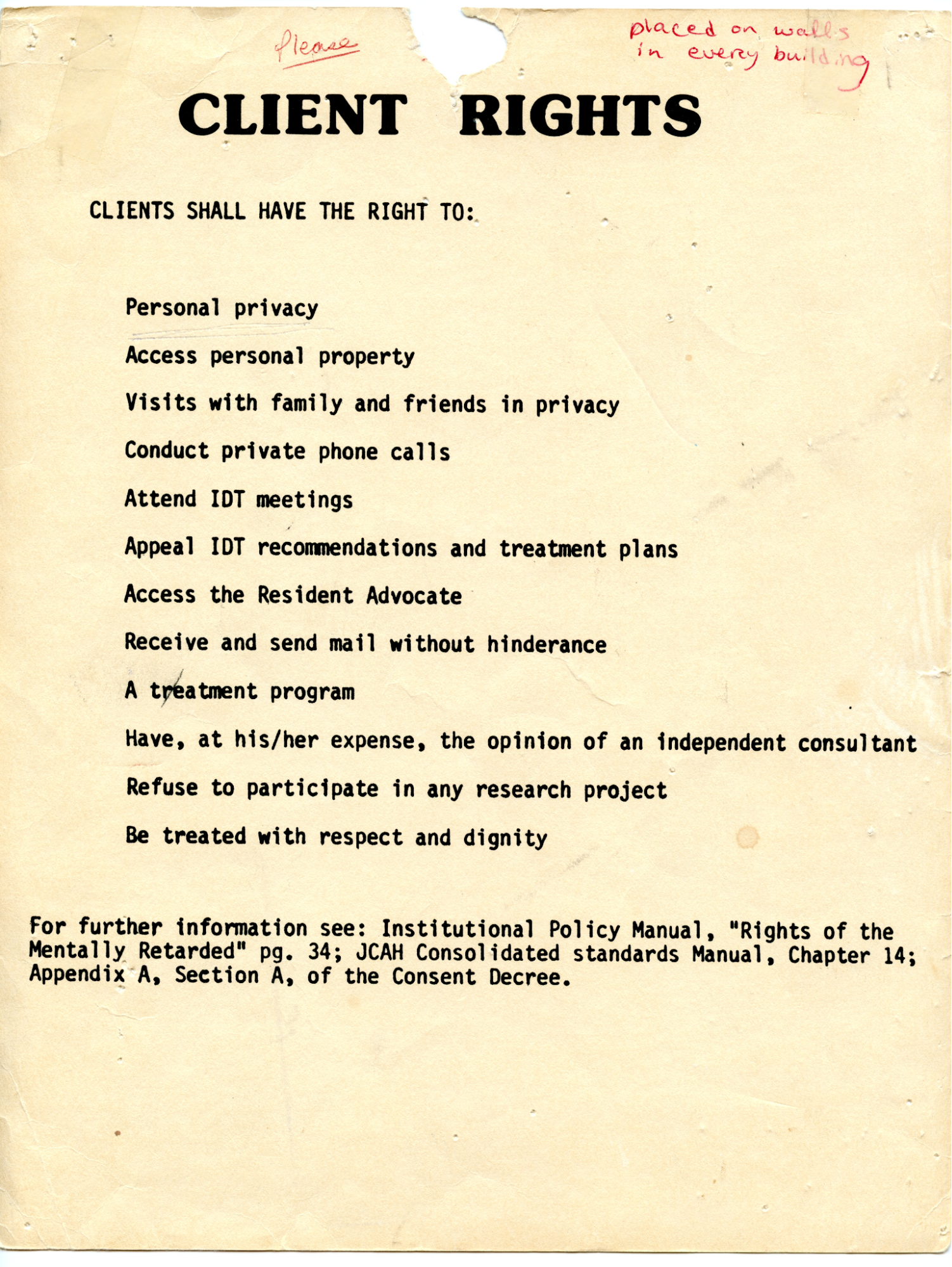
The transition from institutional to community living and care was not easy for many Pineland residents, nor was it easy for those setting up and trying to operate housing and various services.

Despite all the systems in place to ensure compliance, problems arose. New criticisms of inadequate funding, staff shortages, not enough community options, lack of proper oversight of persons moved into the community, and other non-compliance led to another lawsuit. In the meantime, the state had decided to close Pineland.
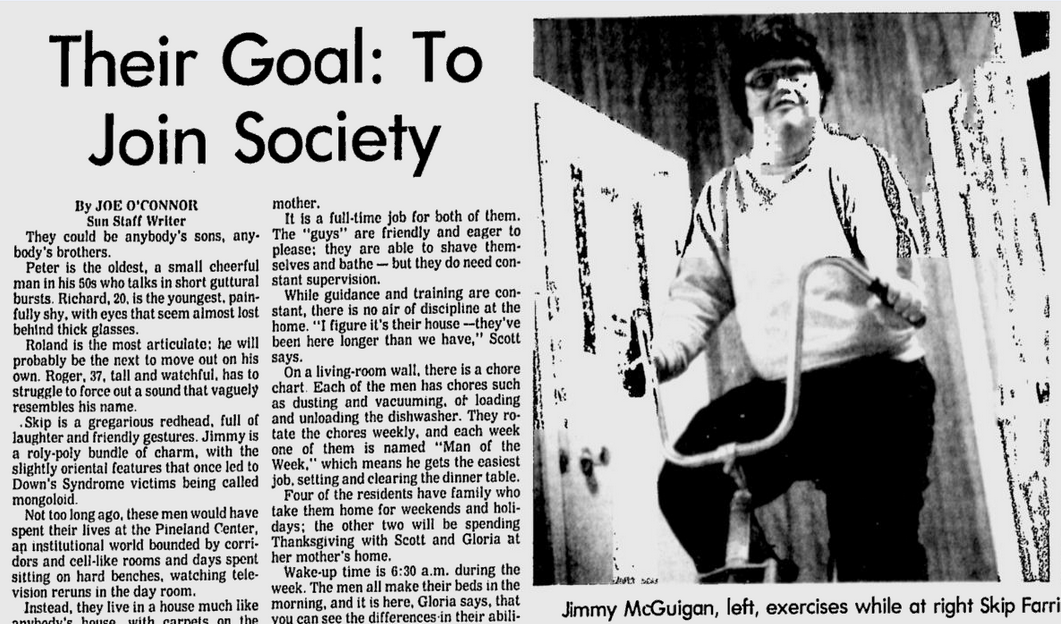
Neville Woodruff, the lawyer who represented Pineland residents in the lawsuit, threatened new suits against Pineland saying, “They are very far behind in three major areas - staffing, quality of programs, and staff training.” Court Master Gregory was critical of the lack of improvements at Pineland as well, saying residents were “still just being kept. Life for them is purposeless."
On the ballot in 1969 was a referendum bond issue for $2.5 million in funds to “enlarge and improve” institutions, which passed by a large margin. Complaints brought by staff around pay and hours were also addressed.
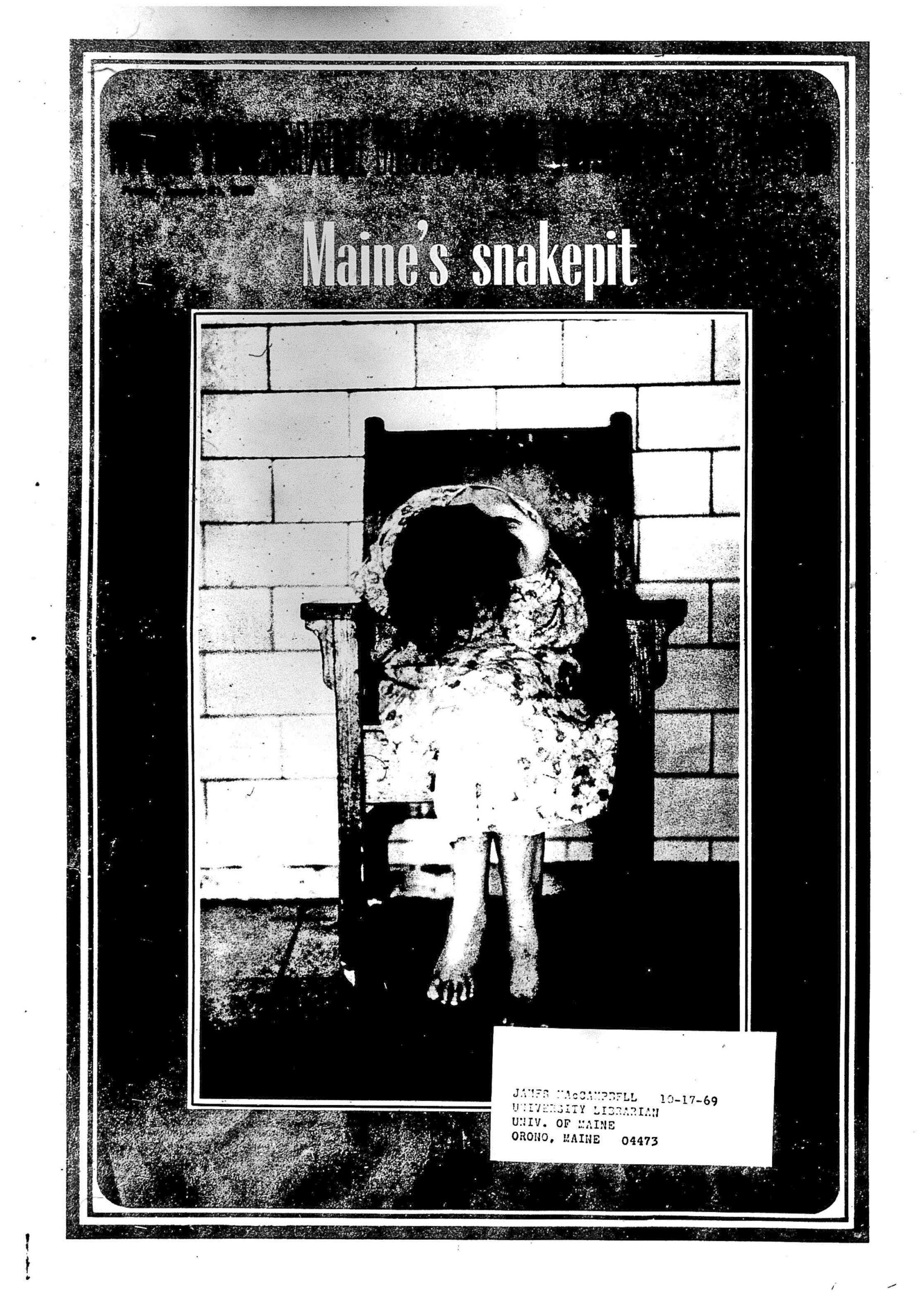
A Maine Times exposé in 1969 revealed overcrowding, residents with inadequate clothing, staff shortages, and deteriorating facilities. Another exposé, in The Church World in 1972 found similar problems.
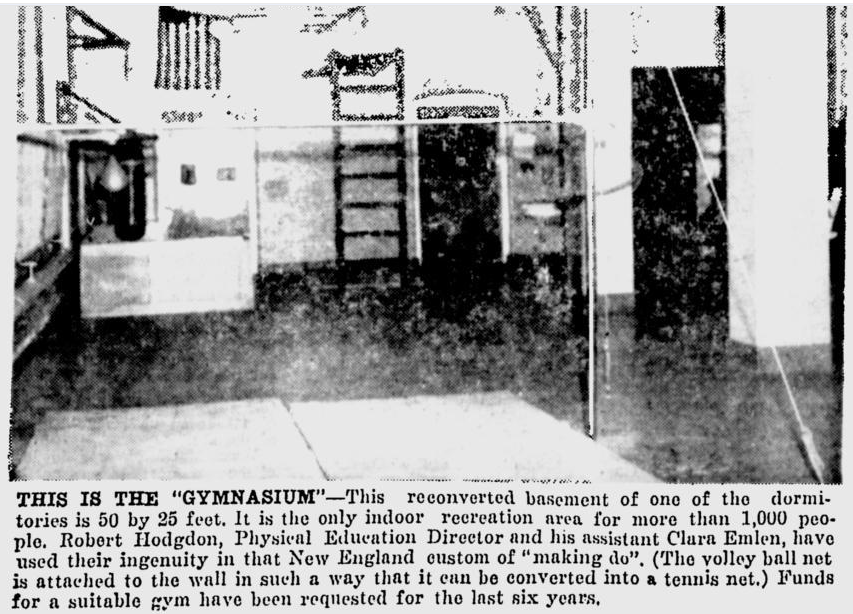
Staffing issues and high turnover was a constant refrain in the mid-1960’s in Maine’s institutional system. In 1965 it was determined that Maine’s turnover rate in this industry was twice the national average.
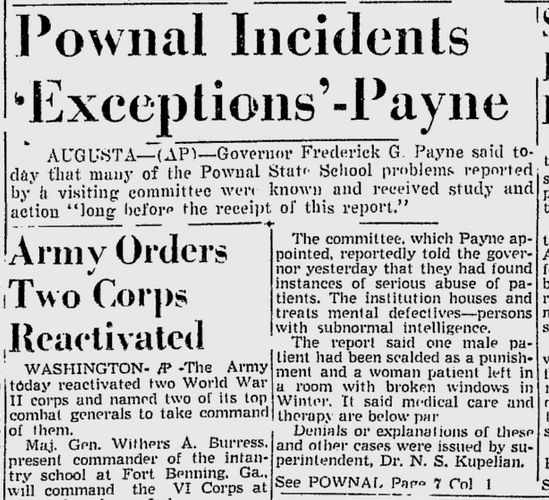
A Visiting Committee in 1951 cited cruel and abusive treatment, including excessive use of straightjackets, euphemistically known as "camisoles," and physical punishments. Superintendent Peter Bowman reported that some patients had been "scalded, beaten, and sexually abused in the recent past." But, Bowman stressed, most employees were caring and tried to do the best for residents – but were hampered by inadequate facilities, and staff shortages.
The Maine Federation of Women's Clubs expressed concerns about conditions at state institutions and found overcrowding, staff shortages, and inadequate food and clothing.
While the patient population would peak in the 1930s at around 1,500, Superintendent Kupelian would continue to advocate for expanding the numbers of residents - asking the public to support funding for up to 9,000 total patients.
